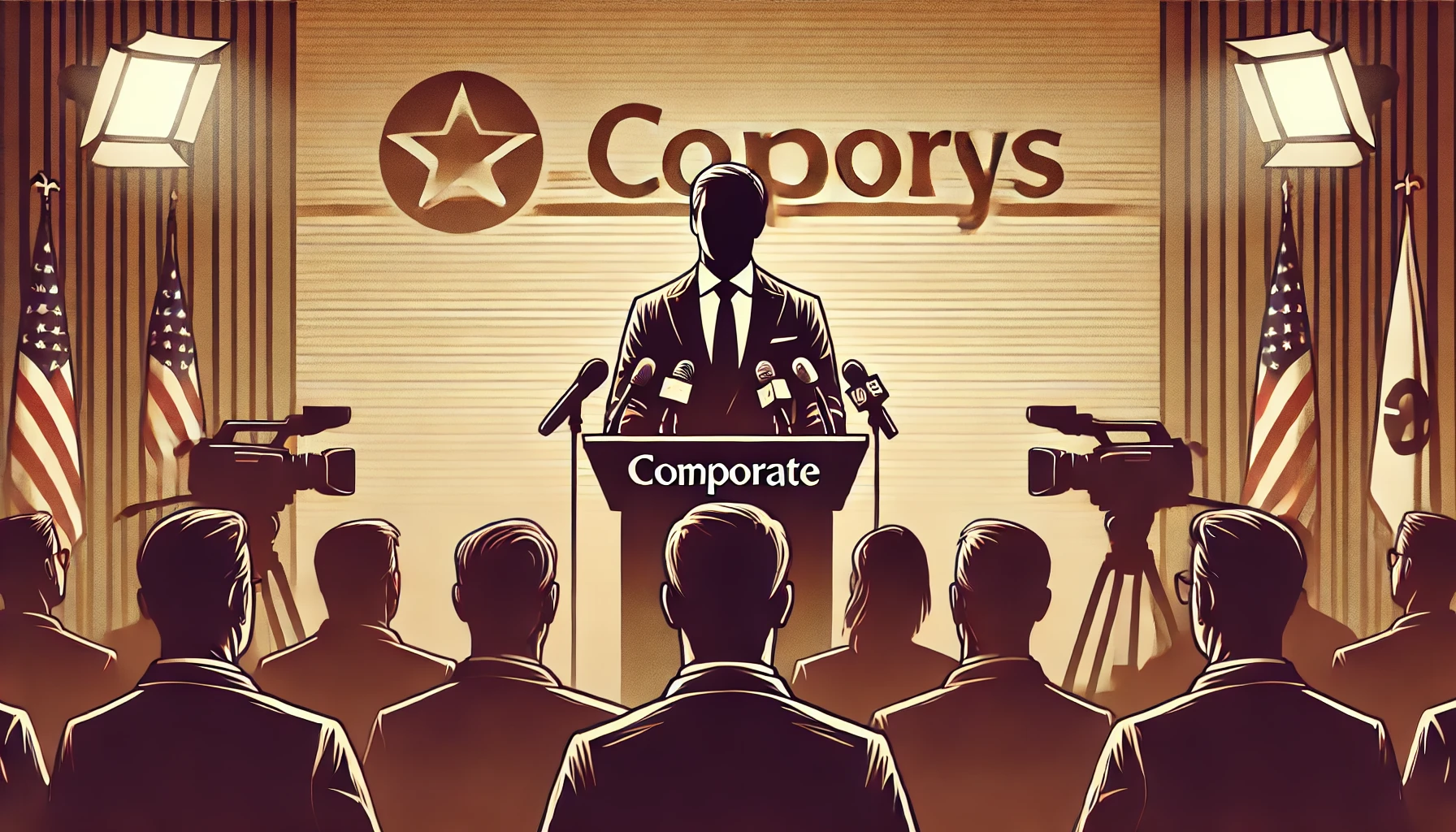Public apologies today are far more than a simple “I’m sorry.” In a world where every word, action, and mistake is scrutinized through the lens of social media and 24/7 news cycles, how a leader handles an apology can define their career, their organization, and their legacy. From political figures to corporate executives, a well-timed, sincere apology can be the key to not just surviving a scandal but emerging stronger from it. This guide delves into how influential leaders craft public apologies that don’t just repair reputations—they build stronger relationships and earn deeper trust from their audiences.
The Critical Role of Public Apologies in Today’s World
In the modern era, apologies from leaders are no longer optional—they’re essential for maintaining public trust. Whether it’s a corporate failure, a political scandal, or a personal error, the way a leader responds can either revive or destroy their reputation. An apology isn’t just about admitting a mistake—it’s about showing accountability, empathy, and a commitment to make things right.
In a hyper-connected world, where every misstep can go viral within minutes, the stakes have never been higher. Leaders who ignore the need for a timely, genuine apology risk long-term damage to their credibility. Worse, they risk alienating their most crucial stakeholders: their customers, employees, and constituents. But done right, a public apology doesn’t just fix reputations—it humanizes leaders, making them more relatable and trustworthy. And when leaders demonstrate authentic remorse, they often turn critics into supporters. However, a half-hearted or poorly executed apology can spark even more backlash, leading to cynicism and a collapse of support.
How Influential Leaders Craft Apologies That Resonate
Acknowledge the Issue Head-On
Great leaders never shy away from responsibility. They know that the first step in delivering an impactful apology is to directly acknowledge the issue at hand. By facing the problem head-on and being transparent, they signal to their audience that they respect them enough to admit their own mistakes.
The language of an apology is everything. Passive phrases like “Mistakes were made” undermine accountability and shift the focus away from the leader. By contrast, using active, direct statements like “I made a mistake” or “We failed in this regard” shows a willingness to own up to the problem. This approach fosters trust and sets the stage for meaningful repair.
Express Genuine Remorse
Without authenticity, an apology is nothing more than a hollow gesture. Leaders who succeed in rebuilding trust don’t just offer apologies—they express genuine remorse for the harm they’ve caused. They understand the emotional toll their actions may have had on others, and they make sure their regret is felt, not just heard.
Authenticity isn’t about simply saying the right words. It’s about showing it through body language, tone, and action. Leaders who master the art of apology convey true regret and a deep commitment to making things right, helping their audience feel not only heard but respected. Emotional intelligence is key here—understanding the full impact of their actions allows leaders to deliver apologies that resonate on a profound level.
Take Full Responsibility
The most powerful apologies come from leaders who take full responsibility for their actions. They don’t pass the blame to subordinates, external circumstances, or vague “mistakes.” Instead, they embrace accountability, acknowledging their role and committing to fix the problem at its core.
Taking responsibility means more than admitting fault—it’s about understanding the far-reaching consequences of the mistake. Leaders who step up to make things right prove their commitment to integrity and demonstrate that they’re not afraid to lead with accountability, even in difficult times.
Provide a Clear Path to Resolution
An apology without a solution is like a promise without action—empty and meaningless. Influential leaders go beyond words, laying out specific steps they will take to correct the situation and prevent it from happening again. This shows not only a commitment to improvement but also reassures the public that change is coming.
For example, after a corporate scandal, a CEO might not only apologize but also commit to a comprehensive plan—such as revising internal policies, improving training, or enhancing transparency. This kind of follow-through solidifies the leader’s promise and builds a pathway to restoring trust.
The Power of Timing in Public Apologies
Apologize Promptly, But Thoughtfully
In public apologies, timing is crucial. A leader who waits too long risks appearing out of touch or indifferent, but an apology made too quickly can come off as rushed and insincere. The sweet spot lies in striking a balance—responding with enough urgency to show concern, but not so hastily that the apology seems poorly thought out.
A well-timed apology signals seriousness and commitment. Leaders who wait to fully understand the situation and consult their teams before issuing a statement demonstrate thoughtfulness and wisdom. The right timing amplifies the impact of the apology, allowing it to land with the full weight of responsibility and resolution.
Know When to Wait
In some cases, waiting to apologize can be the wisest course of action. If the full scope of a controversy isn’t yet known, or the facts are still emerging, it’s better for a leader to hold off and issue a comprehensive apology when they have all the information. This not only avoids premature apologies that miss key points but also allows the leader to craft a more sincere and informed response.
Common Mistakes Leaders Make When Apologizing
- Deflecting Blame
Leaders who try to shift responsibility to others—whether it’s their team, external factors, or even their audience—come across as evasive. This weakens the apology and often worsens the public’s perception of the leader’s integrity. - Apologizing Without a Plan
An apology without concrete actions behind it is doomed to fail. Leaders who don’t offer a plan for resolving the issue or preventing future mistakes will face skepticism. Without real change, their apology feels hollow and performative. - Showing a Lack of Empathy
Apologies that feel cold or detached fail to connect with the audience. Successful apologies show empathy and a deep understanding of how the leader’s actions have affected others. Without this emotional connection, the apology risks falling flat.
What Makes a Public Apology Truly Successful?
Consistency
An apology is just the beginning. The actions a leader takes afterward are what truly rebuild trust. Leaders must follow through on their promises, demonstrating a genuine commitment to change over the long term. Consistency between their words and actions is the bedrock of credibility.
Engaging with the Audience
Leaders who master public apologies don’t just issue a statement and disappear—they continue to engage with their audience. Whether through follow-up communications, media appearances, or direct conversations with those affected, they stay present. This ongoing dialogue reinforces the sincerity of the apology and shows a real commitment to making amends.
Conclusion: The Art of Turning Mistakes Into Opportunities
In today’s interconnected world, where reputations can crumble in the blink of an eye, mastering the art of public apology is no longer optional—it’s essential. Leaders who know how to craft an apology that acknowledges their mistake, expresses true remorse, and offers a clear path forward can transform a crisis into a moment of growth. A sincere apology doesn’t just repair—it builds. It forges stronger, more authentic relationships based on trust and accountability.
The leaders who understand this will not just survive their mistakes—they will thrive, emerging as examples of integrity, responsibility, and resilience.


